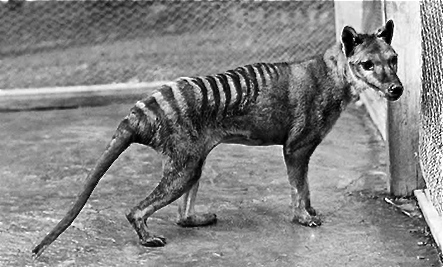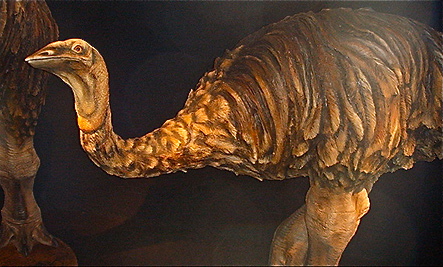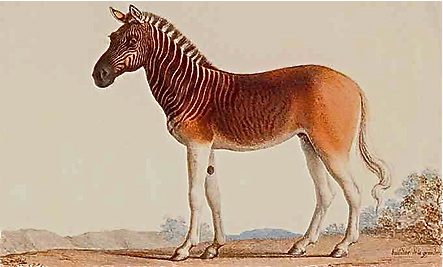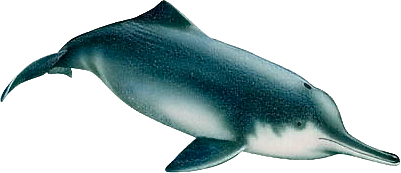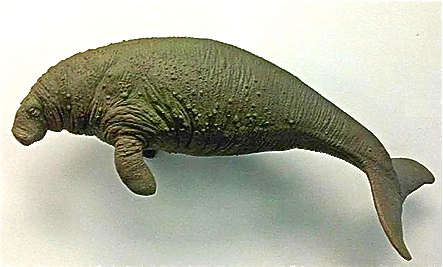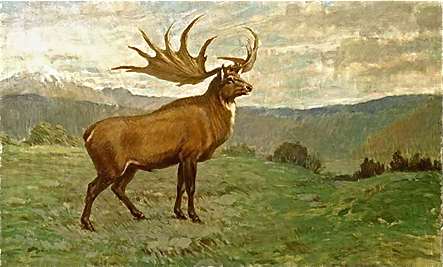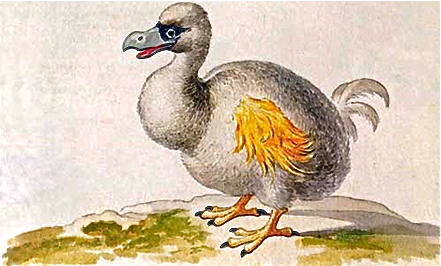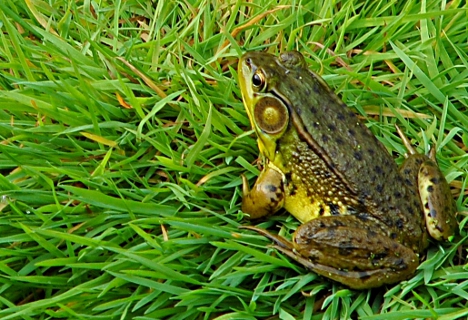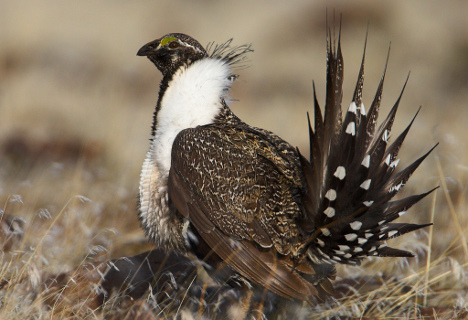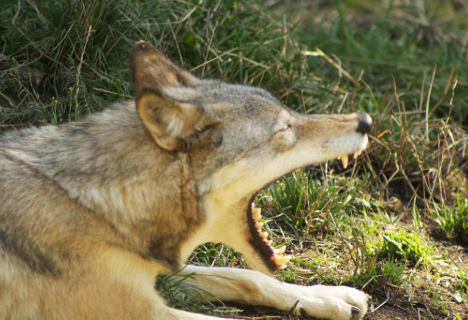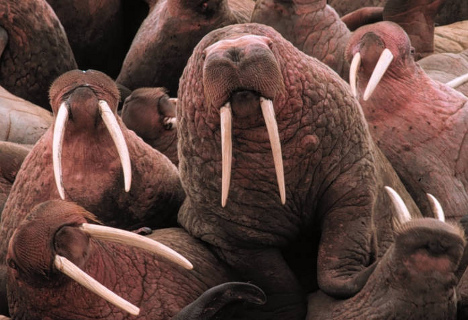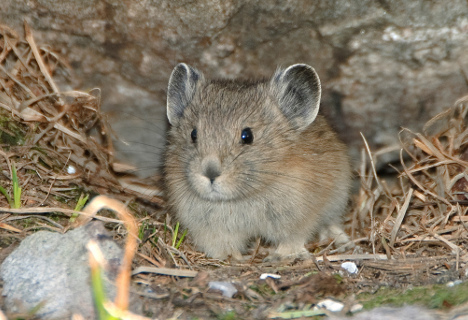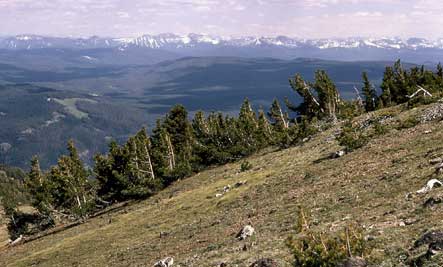In just the past few centuries, several of the world’s most fascinating animals have disappeared completely from our planet. Though some are certainly just the natural course of things, most of the animals on this list became extinct through human activity. Here are some truly fascinating but extinct animals…
1. Tasmanian Tiger
Though its name and appearance may suggest otherwise, the Tasmanian Tiger was not a tiger at all, but a marsupial. They became extinct on the mainland of Australia before the arrival of Europeans, but persisted on the island of Tasmania, which is famous for the Tasmanian tiger’s close relative, the Tasmanian Devil.
2. Elephant Bird
Measuring in at a whopping 10 feet tall and 880 pounds, the four species of elephant birds that lived on Madagascar were once the biggest birds on the planet. It’s unclear exactly when and how these massive flightless birds became extinct, though it is likely that human activity wiped out the elephant bird in the 17th century.
3. Quagga
When European naturalists and explorers first ventured into the plains of South Africa, they encountered the Quagga and its close relative, the zebra. Because the two species’ stripes varied so much between individuals, it was difficult to tell whether they were simply variants of the same species or distinct from each other. Before they were sorted out into two distinct species, unfortunately, they were hunted into extinction. The last known Quagga died in captivity in 1883.
4. Baiji
The Baiji dolphin, native to China’s Yangtze River, is thought to have only recently become extinct. With the rapid industrialization of its native waterway, the Baiji’s population suffered considerably. About 5,000-6,000 of the dolphins were living in 1950, and, during the last official survey in 2006, none were found.
Sea cows were the epitome of the “gentle giant” — something that, ultimately, led to their swift extinction. Growing to about 30 feet long, the slow-swimming sea cow was once abundant across much of the North Pacific. After less than 30 years of hunting by European seal hunters, fur traders, and sailors, Steller’s Sea Cow became extinct in 1768.
6. Irish Elk
With no living relatives alive today, and the latest fossil record dating back 7,700 years, it’s hard to fully imagine the Irish Elk today. Well, maybe not: picture a deer, only bigger. A lot bigger: the Irish Elk was, in fact, the largest deer to ever live, averaging about 7 feet just up to its shoulders, not to mention its nearly 90-pound antlers that had a width of 12 feet.
7. Passenger Pigeon
With a population once estimated to number in the billions, likely one of the largest bird populations in the world at the time, it’s astounding to consider that the North American Passenger Pigeon became extinct in just a century. So how exactly did that happen? Well, the pigeons were a cheap and abundant source of meat — an ideal protein source for slaves and the poor. The birds grouped together in massive flocks, where it was easy to kill many, usually several thousand, at once. Though conservationists attempted to save the bird, the last surviving passenger pigeon died in captivity in 1914.
8. Dodo
The Dodo bird earns the dubious distinction of being one of the most famous extinct animals of all. The extinction of the flightless bird opened the eyes of humans to the role we have in the demise of a species, or “[going] the way of the Dodo.” Native to the tiny island of Mauritius, which was uninhabited before the 1500s, the Dodo bird was unaccustomed to, and thus unafraid of, humans. This made them easy prey, and led to their extinction in just about century.

